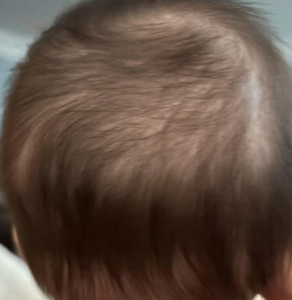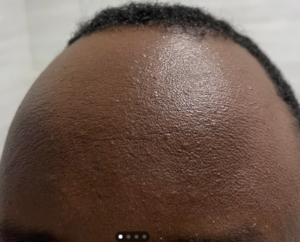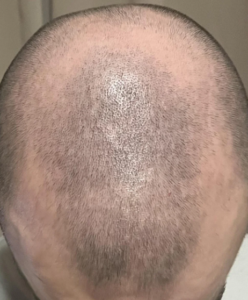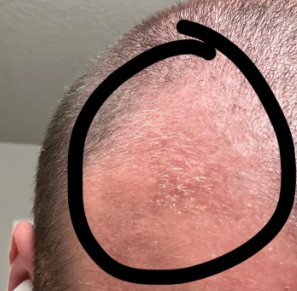Great question! Normal hair goes through cycles, and one of the parts of a complete cycle is catagen, when the hair follicles are almost entirely gone, and then miraculously wake up and start growing again. Then there are the hairs that are being lost, some first through miniaturization, and others just fall out and don’t come back. The miniaturized hairs will eventually go that route, fall out, and not return. If left alone, many of these hairs will not return; however, if we kick them with drugs like minoxidil or finasteride, especially in young men, sometimes these hairs will restart and get going again. Then there are those men who have done nothing about their hair loss for a decade or longer. They are in their 30s or 40s, and most do not respond to drugs like minoxidil or finasteride if they start them 10+ years after they lose their hair. A few of these men might respond to minoxidil alone, usually not finasteride. Then there is another group of men who add microneedling, have had complete hair loss for more than 10 years, and miraculously, the hair starts growing again. This suggests that the stem cells are still there, sitting around as if G-d intended them to wait for another kick, and that kick seems to be microneedling. So, to answer your question, it does seem like the genuinely bald man, let’s say, with a Class 7 pattern of hair loss, still can grow his hair regardless of the balding pattern and the length of time the balding has been there. With that said, I don’t know if this reasoning extends to a 65-year-old male who has had a Class 7 balding pattern since age 26. I haven’t seen any man like this start microneedling and kickstart his hair again, even using minoxidil and finasteride simultaneously.







